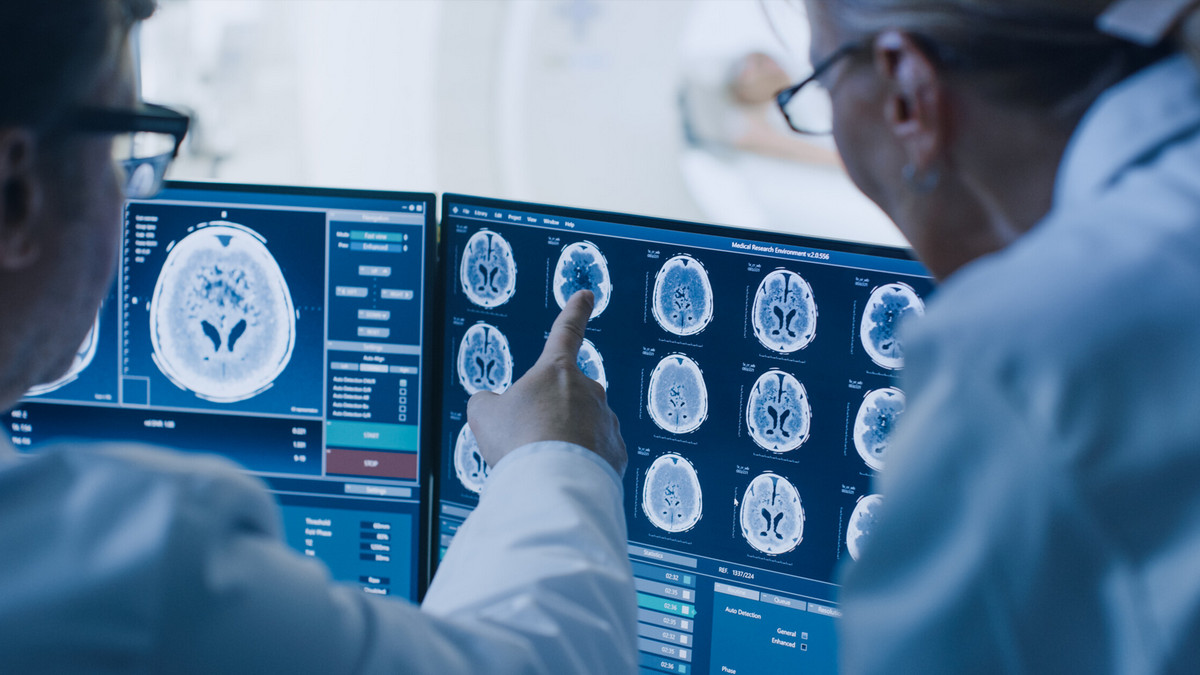As a biproduct of the COVID pandemic, the global demand for telemedicine has increased significantly. An increased focus has been placed on the development of digital medical care to improve medical efficiency and provide comprehensive health coverage. Telemedicine care is set to become the "New Normal", and the integration of AI with medical technology will continue to accelerate this important trend in information flow.
What is WITMED?
WITMED is short for Wise Information Technology of Medicine, referring to smart healthcare. In recent years, with the emergence of various wearable devices, the concept of "smart healthcare" has gradually led to innovative advancements in medical technology. With the rapid development and rise of the Internet of Things, large volumes of medical information can be exchanged, analyzed and used. Artificial intelligence, which has also developed rapidly in recent years, has also advanced the use of this data. Through the combination of the Internet of Things and artificial intelligence, instant medical treatment has become a core concept of smart medical care.
Wearable devices can monitor the condition of the body, analyze and interpret a large amount of data, and respond with the most appropriate solutions. Using smart medical care, many of the dilemmas faced by medical care systems are being resolved. As a result, emerging demands in the healthcare market have brought about unique business opportunities.
Flexible Electronics Assist Smart Healthcare
Flexible electronics refers to electronic devices mounted on thin flexible films. These waterproof bendable circuits conform to the body and can even be folded. Combining semiconductors with thin, soft and flexible printed electronics, will bring more innovative applications to the medical industry.
Flexible electronics are assisting doctors in diagnosis through human-machine collaboration. As an example, more and more doctors are using machines and equipment to perform various examinations and assessments of patients. Machine calculation assists in the analysis of the data and can simulate the condition of the patient after treatment to calculate the probability of various results. Flexible electronics can be used with other medical materials that can be worn by patients to improve the accuracy of data collection. Doctors can more accurately understand the patient's condition and provide the most suitable treatment methods.
Smart Medical and Wearable Devices
Facing an aging society, wise medical systems and wearable devices are seeing urgent and increased demand. They are being used in more professional medical equipment, and becoming indispensable elements of daily medical care devices. Stretchable waterproof circuits in wearable devices can better respond to the deformation and extrusions caused by various actions of the human body, and will not cause discomfort when being warn.
The expanded sensing capabilities and durability of flexible electronics allow the devices to comfortably monitor the physiological conditions of patients in real time and in any environment.
Smart medical care is likely to become a daily necessity and a big business opportunity!
New kinds of wearable devices are increasingly being used for personal health care. Wearable bracelets sense and communicate physiological data such as, heart rate and body fluid analysis directly to medical providers. Stick-on devices can function as an electrocardiogram, providing cardiopulmonary status, respiration volume, activity volume, etc. in real time. If flexible electronic devices are added to clothes, they can also sense body temperature, perspiration, external environment and body movements, etc.
Other wearable devices include headbands, headphones, glasses, outerwear, underwear, wristbands, bracelets, socks, insoles, stickable devices, and even swallowable and implantable devices.
Unlike general medical equipment suppliers, the suppliers of these wearable devices are not necessarily professional medical equipment manufacturers. Flexible electronic technology from many other industry applications is being applied to new forms of WITMED products.
The Future of WITMED
Artificial intelligence reduces the burden on medical staff:
The workload of medical staff is huge, and there are times when medical staff are physically and mentally tired. Fortunately, WITMED devices never need to sleep, and can be put into the front line of medical treatment, greatly reducing the burden on medical staff.
One newly developed WITMED device is the nurse robot. In hospitals they can perform daily tasks such as dispensing medicines, taking body temperature, cleaning wards, and managing visitor records. An artificial intelligence company in California has successfully developed a robot that can interact with patients. Through monitoring and recording health conditions, they can also determine the time of the next follow-up visit, allowing patients to save time and physical strength in going back and forth to the hospital. Doctors can also use these robots to monitor records and keep up-to-date on the patient's condition.
Artificial intelligence robots can be used for surgical treatments that provide accurate and improved performance of surgical procedures. They also help to reduce pressure on medical staff. Surgical instructions are given through the controller, which captures the movements of the doctor's wrist and instructs the robotic arm operating inside the human body. This technology makes minimally invasive surgery more refined and accurate.
Medical robots can also perform very fine, micro operations. The newly developed "Origami Robot," developed by MIT, is only 1cm long. If a child accidentally swallows a foreign object, this micro robot, encased in a gelatin capsule, can be swallowed. After the capsule dissolves, the doctor can guide the robot to remove the foreign object and apply medicine to any wound.
3D printing of the human body and organs:
Another technology with great potential in the medical field is 3D printing. It is currently commonly used in the production of in vitro medical devices, including medical models in surgery, hearing aids, templates for dental surgery, and prosthetics. Compared with traditional technology, 3D printing can create prosthetic limbs that more precisely fit the user's body size with lower cost and shorter production time.
In addition to prosthetics, 3D printing can even create bones and organs. Unlike traditional steel nails that need to be removed by surgery, materials used in 3D printing can be absorbed by the human body. This can save patients the pain of secondary surgery. In 2013, one bioprinter manufacturer successfully produced a 3D printer that can print functional liver tissue. Although the cells were only able to survive for 5 days, they have ushered in future potential for 3D printed organs.
Entering the era of VR and Big Data:
In addition to artificial intelligence and 3D printing, there are more new technologies that are coming to light in the medical field. For example, VR is not only able to effectively guide patients to recall or imagine scenes during psychotherapy, but is also widely regarded as a "conscious anesthetic." For example, burn patients can be put into VR games during debridement and dressing changes, and preliminary tests show that this kind of distraction can reduce pain by 50%. VR allows medical staff to practice precision surgery through virtual training, performing repeated exercises to improve the success rate of surgery.
By taking advantage of the ability to process huge volumes of data, medical workers can rapidly respond to epidemics and disease with proper prevention and treatment. Major technology companies are also eyeing the creation of cloud-based health platforms. Through cooperation with medical institutions, using personal health apps on mobile phones, health and medical data can be collected and analyzed, providing larger and more accurate data for clinical research.
The combination of medical and AI technologies is bringing infinite possibilities to the future of the medical industry. This combination is bound to bring many opportunities to the market, but it will not come without challenges. It will require integration of multiple technologies, as well as cross-industry exchanges and cooperation to achieve success. The development of diversified products through integration of these fields will bring great business opportunities to the medical care market.



.jpg)









.jpg)
.jpg)